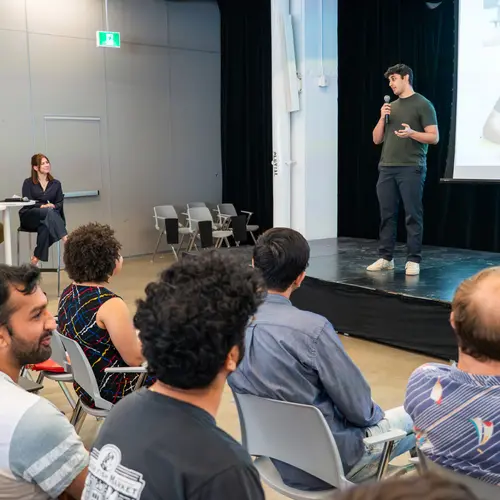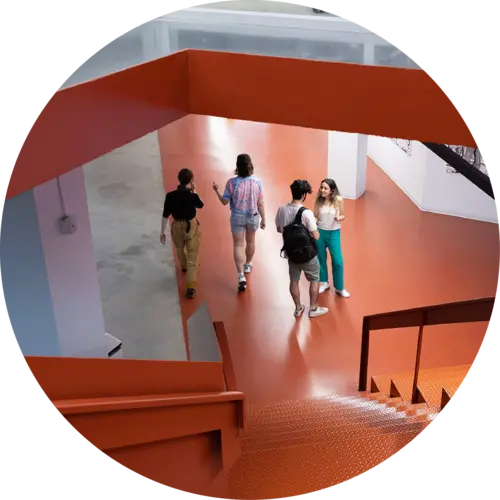
Nicolas Chapados
Biography
Nicolas Chapados is VP of research at ServiceNow Inc. He holds an engineering degree from McGill University and a PhD in computer science from Université de Montréal. In 2021, while still writing his thesis, Chapados and his advisor Yoshua Bengio co-founded ApSTAT Technologies, a machine learning technology transfer firm that applies cutting-edge academic research ideas to areas like insurance risk evaluation, supply chain planning, business forecasting, biotechnology and hedge fund management. He then went on to co-found a number of spin-off companies: Imagia, which focuses on the AI analysis of medical images to detect and quantify cancer early; Element AI, which was acquired by ServiceNow in January 2021; and Chapados Couture Capital, a quantitative asset manager. Chapados’ research interests include time series modelling, natural language processing and optimal decision-making. He holds the Chartered Financial Analyst (CFA) designation.


